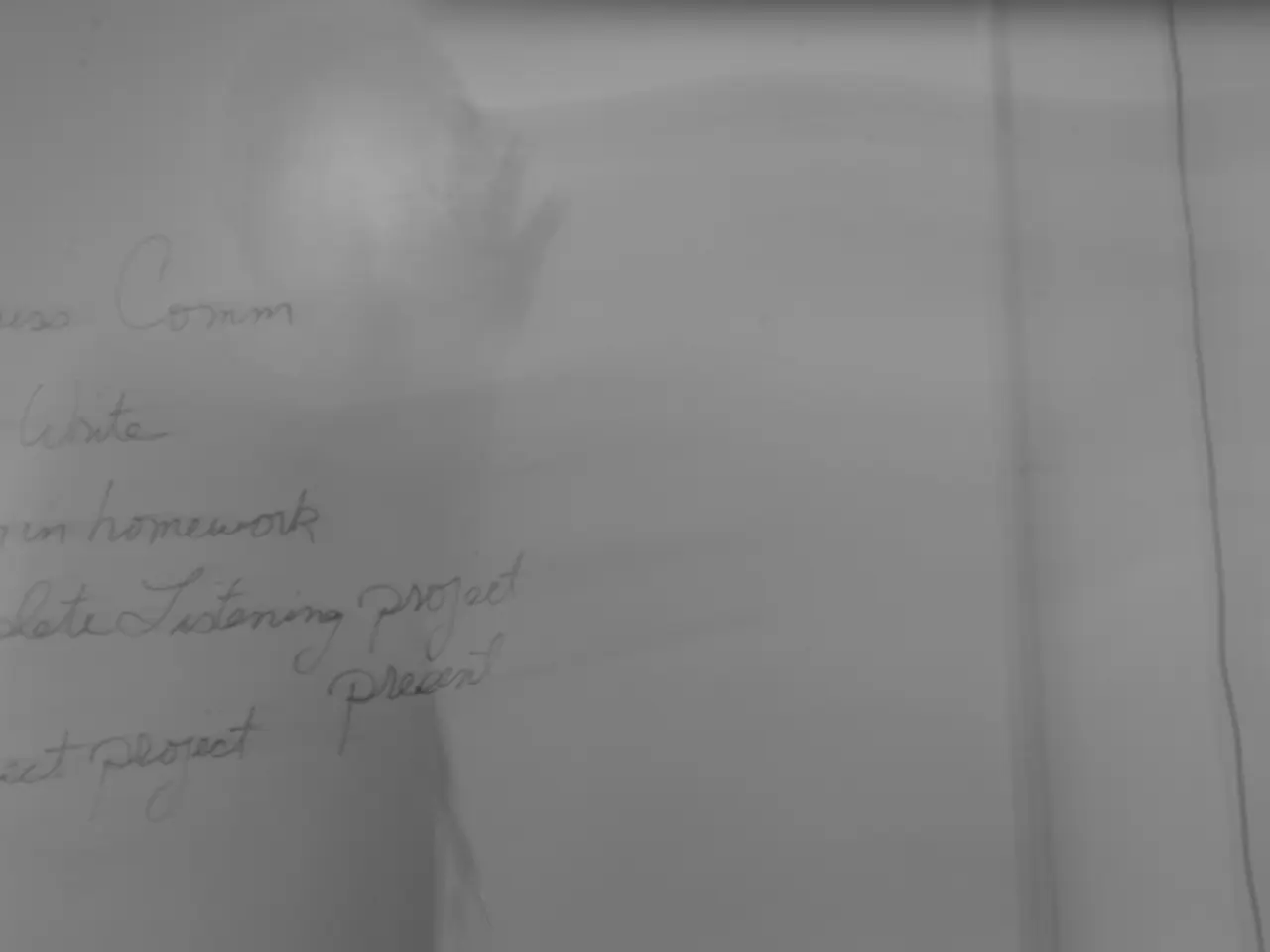Meyer Burger is battling for its American continuation
Meyer Burger, a significant player in the solar industry, has been thrown a curveball with a Chapter 11 filing in the US court system. The Swiss solar equipment manufacturer is on a desperate quest for a financial revival, and it's not looking easy.
The previous month, their German subsidiaries also step-footed into insolvency proceedings. In response, the company is looking for global investors, with world-renowned consulting firm KPMG on the hunt. However, finding a suitable investor could take time.
From the Drawing Board to the Debtors' Court
With solar cells from Bitterfeld-Wolfen (Saxony-Anhalt) bound for the US, Meyer Burger initially envisioned establishing solar module production in the US. But this vision has now spiraled into liability estimates ranging from $500 million to $1 billion, while assets are valued between $100 million to $500 million.
Production problems in the US had already led to the dismissal of 282 employees. The company has been grappling with cheap Chinese imports for a while, and a terminated contract with American D.E. Shaw Renewable Investments has further shaken its foundations.
Darker Days Ahead
With no signs of a swift recovery, Meyer Burger’s immediate payoff lies in a Section 363 sale of its assets. This sale is supported by a $10 million Debtor-in-Possession (DIP) financing facility, providing temporary relief. However, legal issues such as existing liens and terminated contracts complicate the sale, potentially diminishing creditor recoveries.
Meyer Burger's survival depends on securing a buyer who values its advanced heterojunction technology or benefits from the US manufacturing capacity boosted by the Inflation Reduction Act (IRA). If the US tax credits do not continue or are phased out, the value of US manufacturing capacity would nosedive, further jeopardizing their future.
Moving Forward: The Glimmer of Hope
The success of the Section 363 asset sale is critical to Meyer Burger's future. If a buyer steps in, the company's cutting-edge innovations might survive or be absorbed into a stronger entity. However, recoveries for unsecured creditors are slim, while the chances for DIP lenders and secured creditors are more promising.
Strategic investors could show interest if the solar industry seeks advanced technology or expanded US manufacturing capacity. But with Meyer Burger reporting a staggering net loss of $210.4 million in 2024, the road to recovery is arduous, and success is uncertain.
As the bankruptcy case unfolds in the Delaware Bankruptcy Court, the solar sector eagerly awaits to see if Meyer Burger can find a lifeline or if it will be pulled under, signaling a cautionary tale for other companies in the industry.
- Meyer Burger's potential investors, in broadening their portfolio, may consider the company's advanced heterojunction technology, which promises significant advantages in the renewable-energy sector, particularly in the production of solar modules.
- As part of its strategic business plan, Meyer Burger could cooperate with the finance industry to secure funding for its employment policy, focusing on renewable-energy and solar business, to navigate through the current financial challenges and accelerate its recovery.
- With the Inflation Reduction Act (IRA) promoting US renewable-energy manufacturing, Meyer Burger aims to attract suitable investors by showcasing its potential in boosting America's energy independence and job creation through its employment policy in the solar business.




